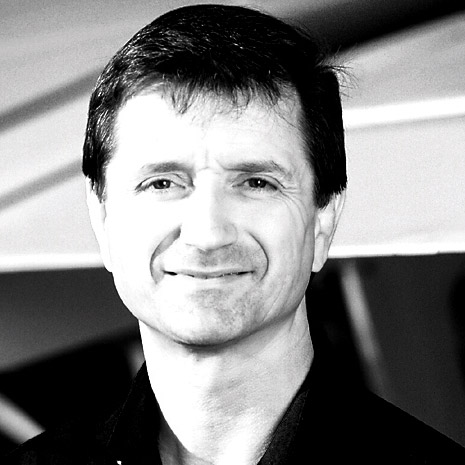Picking our cockpit chiefs
 When Meriwether Lewis (of the Lewis and Clark expedition) encountered the Hidatsa tribe for the first time, he attempted to explain the idea of peace between nations to an assembly of young men. While discussing the tragic cost of war, one young Hidatsa man asked Lewis the following question: If we don’t have war, how will we know how to pick our chiefs? In the warrior’s world, chiefs were chosen based on their battlefield experience.
When Meriwether Lewis (of the Lewis and Clark expedition) encountered the Hidatsa tribe for the first time, he attempted to explain the idea of peace between nations to an assembly of young men. While discussing the tragic cost of war, one young Hidatsa man asked Lewis the following question: If we don’t have war, how will we know how to pick our chiefs? In the warrior’s world, chiefs were chosen based on their battlefield experience.
Traditionally, commercial aviation selects its pilots in a similar way—although we don’t fight Comanches, we fly them. The more experience a pilot has, the more likely he or she is to be hired (all else being equal, of course). On the other hand, is experience the only means by which we should select applicants for co-pilot duty on a regional airliner? Is it possible that good training, at least to some degree, can make up for what pilots lack in their logbook’s waistline? Perhaps there’s an additional way to choose our aviation chiefs.
The evidence suggests that properly chosen pilot applicants who’ve received good training early in their development are quite capable of filling the co-pilot’s seat on a regional airliner. While total flight experience might be valuable, it’s not the only path to right-seat competency. Let me explain.
During the Vietnam War, we initially lost pilots at a staggering rate. However, it turned out that pilots who made it back from at least five combat missions were likely to return from 90 percent of all future combat missions. Yes, experience counts if you could stay alive long enough to acquire it. In response to our losses, the U.S. Navy started the Top Gun school, in which fighter pilots received five simulated but highly realistic combat missions early in their careers. The results? Good training dramatically increased the survival rate of inexperienced fighter pilots.
The value of good training is also implied in the way the FAA structures the airline transport pilot certificate requirements. Instead of 1,500 hours of flight time to qualify for an ATP certificate, military pilots can apply for an ATP certificate at 750 hours. How does this not represent the significant value the FAA places on the good training received by military pilots? Let’s not forget that the military can also produce a pilot capable of defending our country in 400 hours.
If that wasn’t enough evidence, consider what the Europeans are doing with their Multi-Crew Pilot Licensing (MPL) program. MPL allows ab initio co-pilot training for carefully screened new-hire candidates. After 240 hours of general aviation training (and extensive ground training), these candidates are moved into the right seat of an Airbus A320 or Boeing 737. This program has apparently been used successfully for nearly a decade. To the best of my knowledge, European airliners aren’t falling out of the sky accompanied by cockpit voice recordings of co-pilots saying, “Hey, what does that switch do?”
Today, most pilots hired by regional airlines are required to have 1,500 hours of flight time and an ATP certificate. The majority of these individuals acquired their flight time by giving flight instruction. A willing and capable instructor can learn a lot—a lot!—by teaching others to fly. Unfortunately, not all do. In some instances, instead of having 1,500 hours of authentic experience, a pilot might have one hour of experience 1,500 times. Ultimately, experience is not what happens to you, it’s what you think about after something happens to you.
That’s why one instructor for a regional airline told me that he recently had to fail half of a class of new-hire general aviation ATPs. Apparently they were unable to fly the airplane properly. No, it wasn’t a problem with working the automation. Instead, the challenging part for many of these pilots was hand-flying visual approaches. Go figure. Good training results in meaningful experience; a lack of good training results only in flight time.
Don’t get me wrong here. I’m all for having two 30,000-hour pilots in the cockpit, each having gray hair (even if they have to keep it in their flight bags). Who doesn’t want that? Until regional airlines are willing and able to pay pilots more money, it’s less likely that we’ll see co-pilot applicants with that level of experience.
So, how should we pick our cockpit chiefs in today’s world? Certainly we should pick those having practical and authentic experience. If these individuals are hard to come by, the evidence suggests that we can choose them based on their character and good training, regardless of the girth of their logbooks. If you can have both, then that’s even better.
Rod Machadois anairline transport pilot with more than 10,000 hours—earned one CFI hour at a time.
Web: www.rodmachado.com



